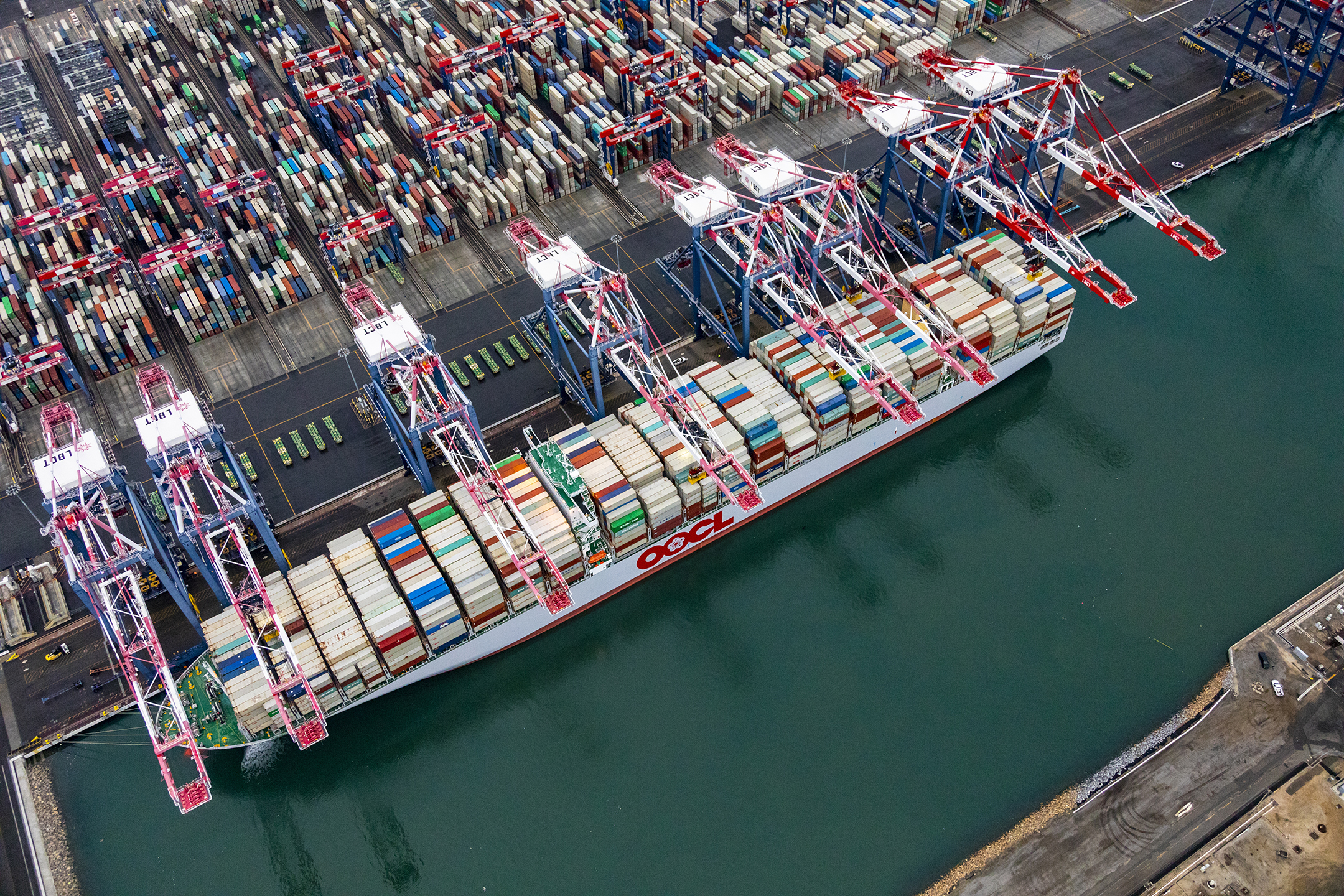Port of Long Beach
Port of Long Beach
Clean Cargo-Handling Innovations in the Port of Long Beach
The Port of Long Beach is a premier gateway for trans-Pacific trade and a trailblazer in innovative goods movement, safety and seaport sustainability. As the second-busiest container seaport in the United States, the Port handles trade valued at $170 billion annually and supports 2.6 million trade-related jobs across the nation.
Encompassing 3,200 acres with 35 miles of waterfront, 10 piers, 80 berths and 66 ship-to-shore gantry cranes, the Port also includes the world’s most advanced terminal – Long Beach Container Terminal.
Under the San Pedro Bay Ports Clean Air Action Plan — created in partnership with neighbor, the Port of Los Angeles — the ports have made dramatic progress in reducing air pollution. The 2017 Clean Air Action Plan Update set the Port of Long Beach on the path to zero-emission goods movement, with a goal of transitioning terminal equipment to zero emissions by 2030.
Working with industry partners, the Port has initiated $160 million in clean air demonstration projects, many of them focusing on cargo-handling equipment. Thanks in part to $80 million in federal and state grants, zero-emissions or near zero-emissions rubber-tire gantry cranes, yard hostlers and top picks have been deployed recently across the Port’s six container terminals for a real world test of their ability to limit emissions and move cargo.
From the docks where workers demonstrate cutting-edge non-polluting machines, to the terminal gates where transactions created thousands of miles away are swiftly and electronically handled, the Port of Long Beach is focused on smart sustainable innovation that builds the economic well-being of customers and community.
